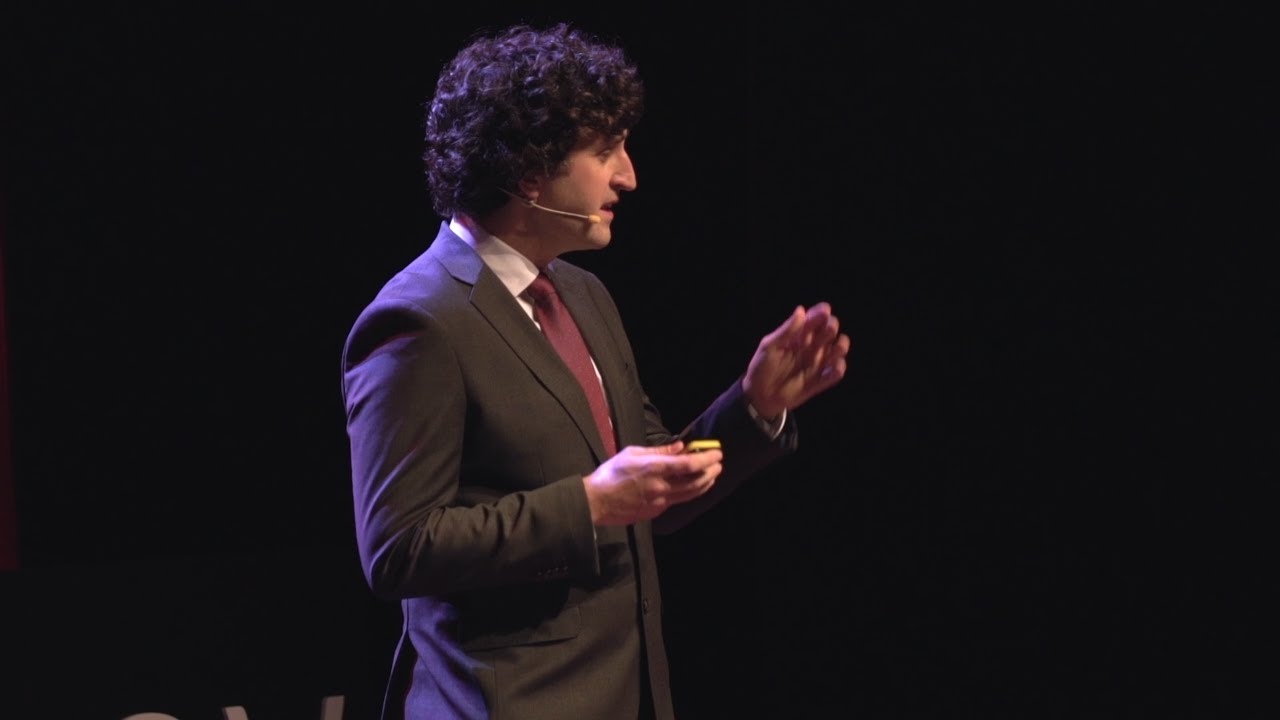Why Should You Watch This Video Watching this video provides the unique opportunity to gain insights from Andrej Karpathy, a pioneer in the field of artificial intelligence. Karpathy’s profound contributions to deep learning and his roles at OpenAI and Tesla make his perspectives especially valuable for anyone interested in the cutting edge of AI technology.
This content stands out for providing a clear and comprehensive overview of Large Language Models (LLMs) like ChatGPT, Claude, and Bard, exploring their underlying mechanisms, future prospects, and the rising security challenges in this novel computing paradigm.
Key Points Large Language Models (LLMs) serve as the backbone for systems like ChatGPT, facilitating a new computing paradigm akin to operating systems. Training LLMs involves compressing vast amounts of internet data into a neural network, enabling them to predict text and perform tasks by integrating various tools.
The future of LLMs includes scaling laws for improved performance, tool use enhancement, multimodality (integrating vision, audio), and the concept of “thinking” models for deeper analytical capabilities.
Security challenges for LLMs are evolving, including jailbreaks, prompt injections, and data poisoning, posing significant implications for their safe deployment.
Broader Context LLMs are reshaping our interaction with technology, moving towards a future where artificial intelligence operates much like an OS, capable of executing a vast range of tasks through natural language commands. This evolution parallels the development of desktop operating systems, with proprietary and open-source models vying for dominance. The integration of tools, multimodal capabilities, and potential for self-improvement and customization highlights LLMs’ transformational impact on both personal and professional computing landscapes.
Q&A What are Large Language Models (LLMs), and how do they function? LLMs are advanced AI systems capable of understanding, predicting, and generating human-like text based on the training received from vast datasets of existing text. They function by analyzing patterns in data to predict subsequent words or text sequences.
How does the future of LLMs look in terms of capabilities and security? The future of LLMs involves enhanced performance through scaling laws, expanded tool use, multimodality, and advanced reasoning capabilities. Security remains a critical challenge, with ongoing development to mitigate risks like jailbreaks, prompt injections, and data poisoning.
Can LLMs replace traditional computing systems? While not replacements, LLMs are evolving to act similarly to operating systems, orchestrating a variety of computational tools and resources through natural language interfaces, thus broadening the scope of tasks they can perform.
Deep Dive The integration of tool use in LLMs is a profound evolution, allowing these models to perform complex tasks beyond mere text prediction. By employing tools like browsers, calculators, or even other AI models, LLMs can retrieve information, solve mathematical problems, generate visual content, and more, significantly expanding their utility and making them more akin to versatile digital assistants than simple chatbots.
Future Scenarios and Predictions As LLMs continue to evolve, we might see them becoming central to new forms of computing interfaces, where natural language replaces traditional programming languages for a wide array of tasks. The push towards multimodality could lead to AI systems capable of understanding the world in a way that mimics human sensory and cognitive capabilities. Security will remain a paramount concern, driving innovations in AI safety and ethical AI use.
Inspiration Sparks Consider exploring the development of an LLM-based application that leverages tool use for creative problem-solving in your field of interest. For example, an app that can draft legal documents, create art, or compose music by integrating with specialized tools and databases, showcasing the versatility and potential of LLMs as creative partners..
![#1 AI for Good Specialization [Course 1, Week 1, Lesson 1]](/images/1-ai-for-good-specialization-course-1-week-1-lesson-1.jpg)
